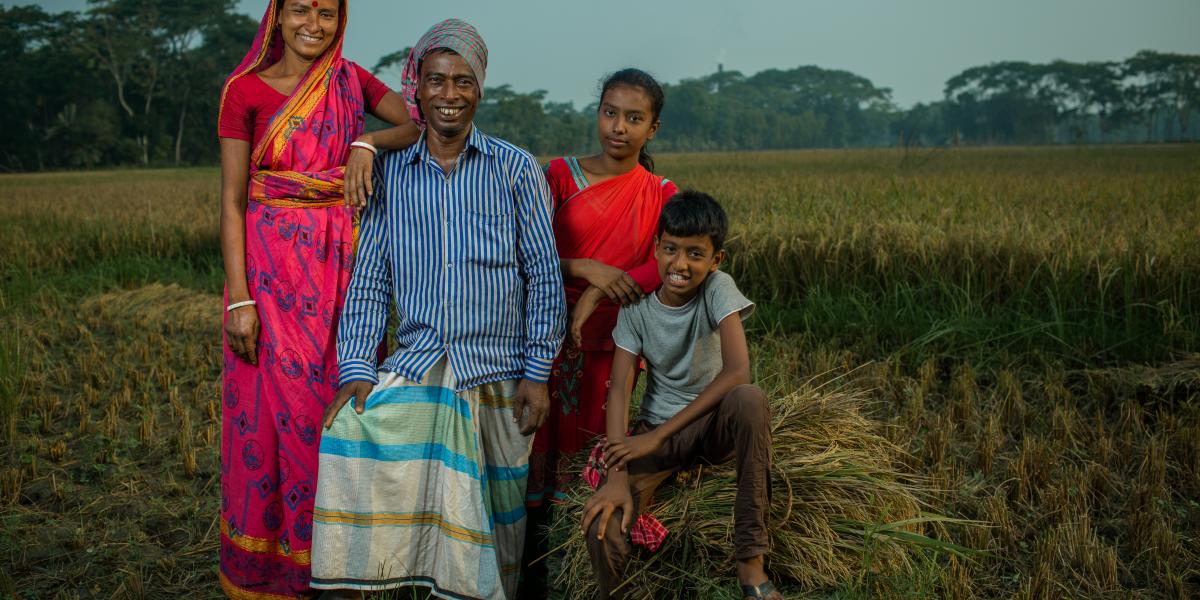Twice the Rice
Helping Farmers Dream Big
Photos and video by Morganna Wingard and John Estey
August 2016
If you ask Taroni Kanto Shikari, a 45-year-old father of two, what he does for a living, he will simply tell you that he is an ordinary rice farmer trying to make ends meet.
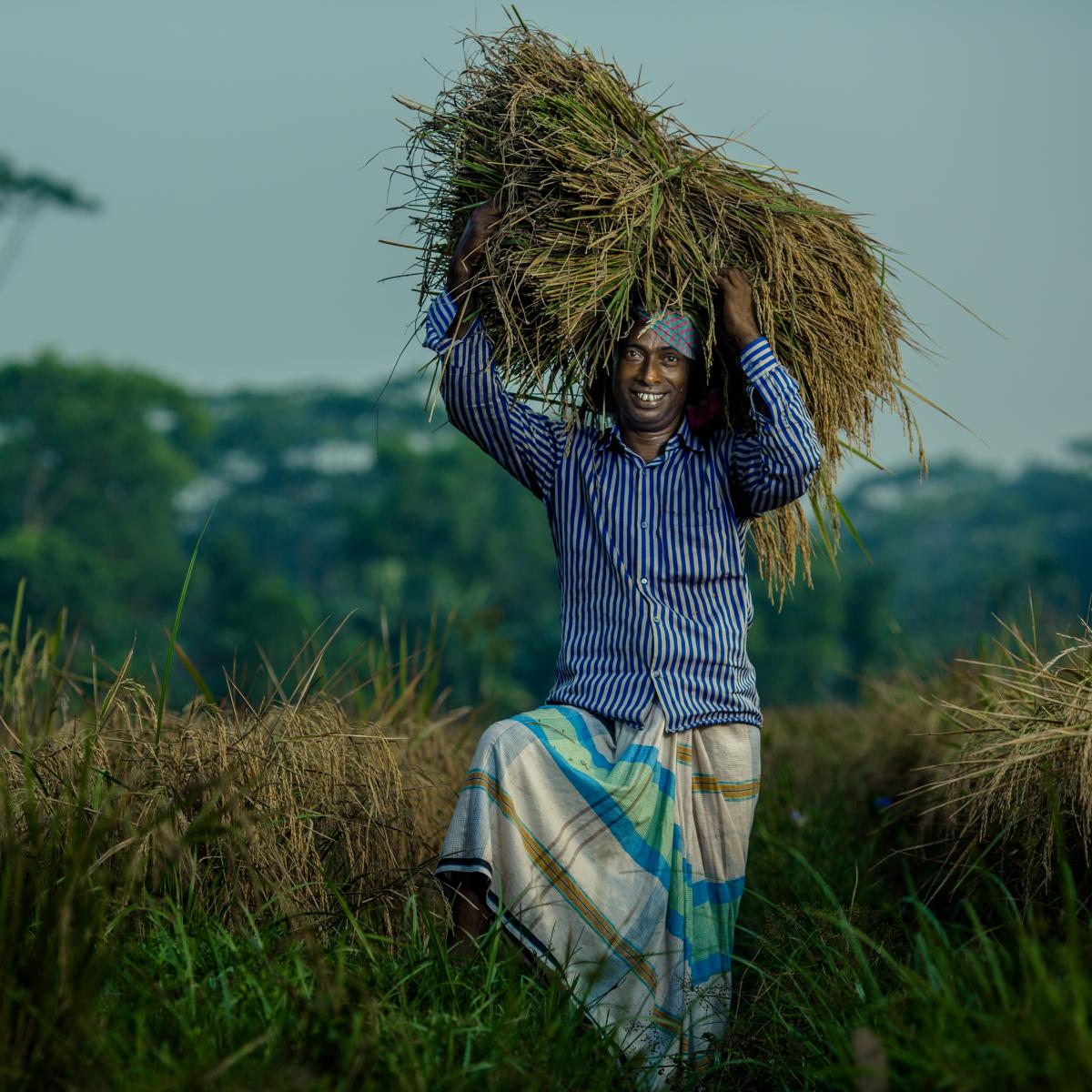
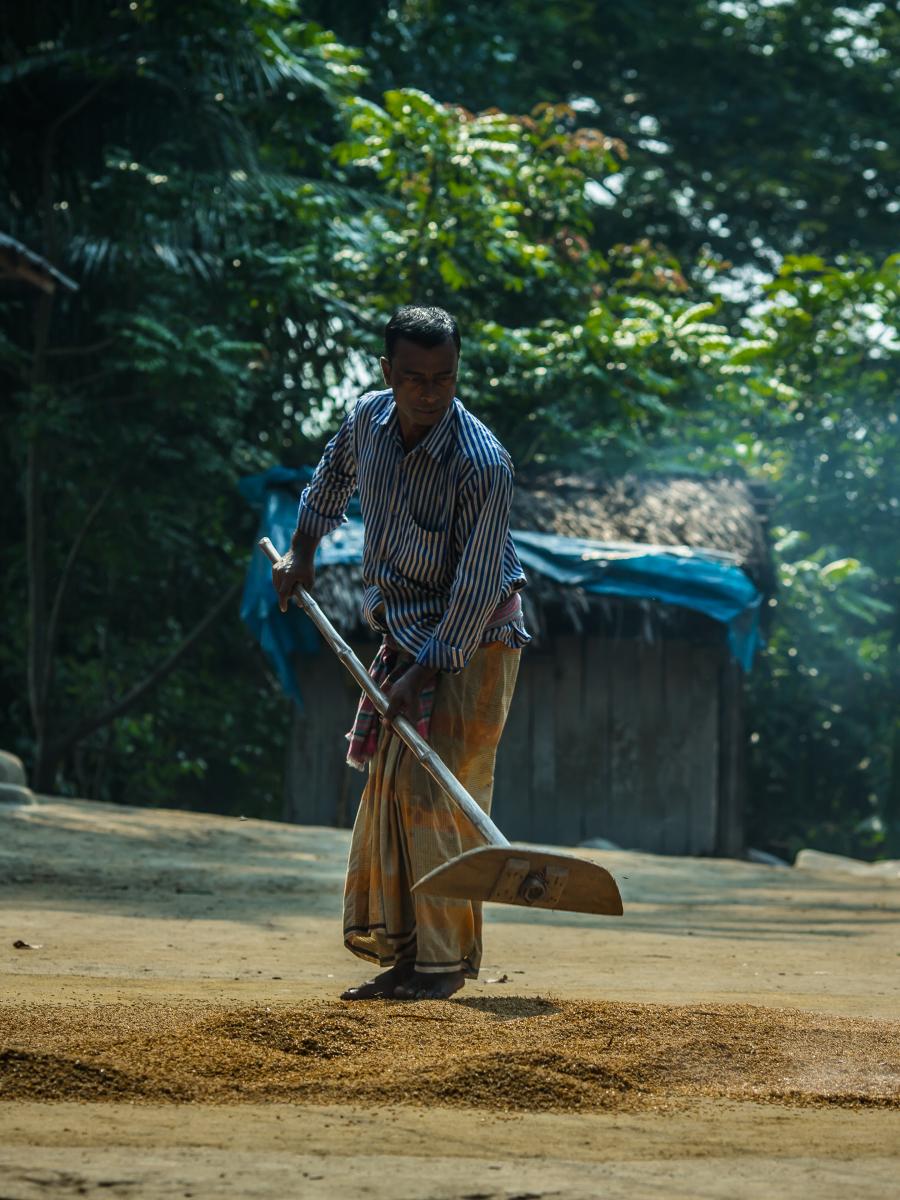
Rice has been part of Taroni's life for as long as he can remember.
Growing up in the south-central district of Barisal, he began helping his father produce the crop when he was just 13 years old.
Taroni’s father used to tell him, “Son, rice is our life. Rice is everything.”
Taroni remembers his family's struggles.
"We used to get much smaller yields using traditional rice varieties and methods of cultivation,” Taroni says.
“That made life very difficult for our family. But the hardest time of my life was when my father passed away. There was no one to help me.”
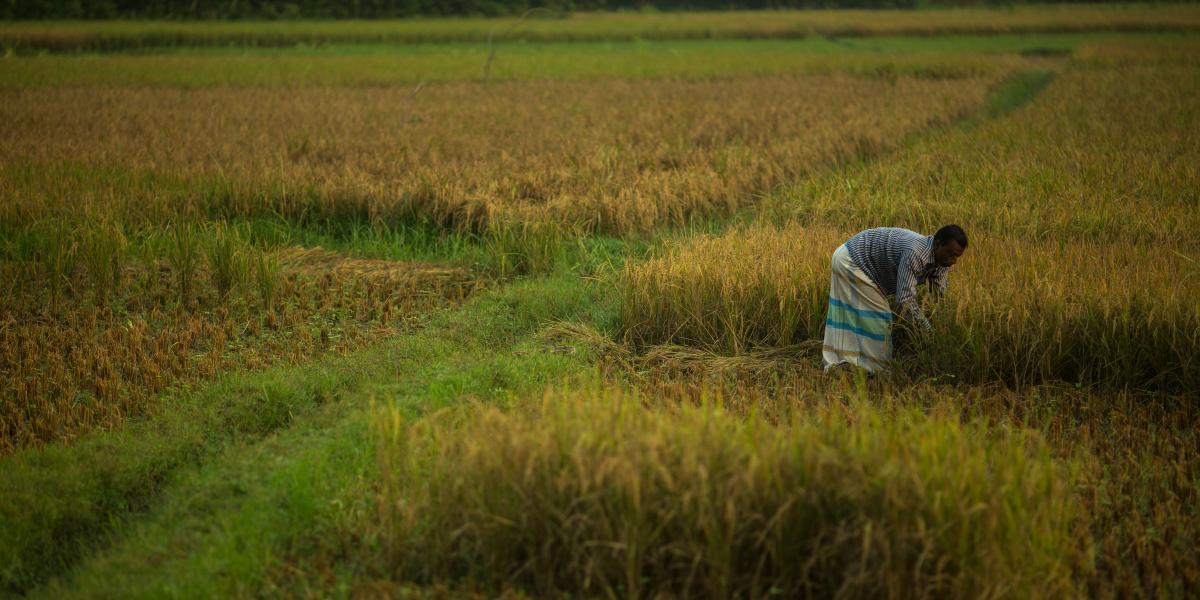
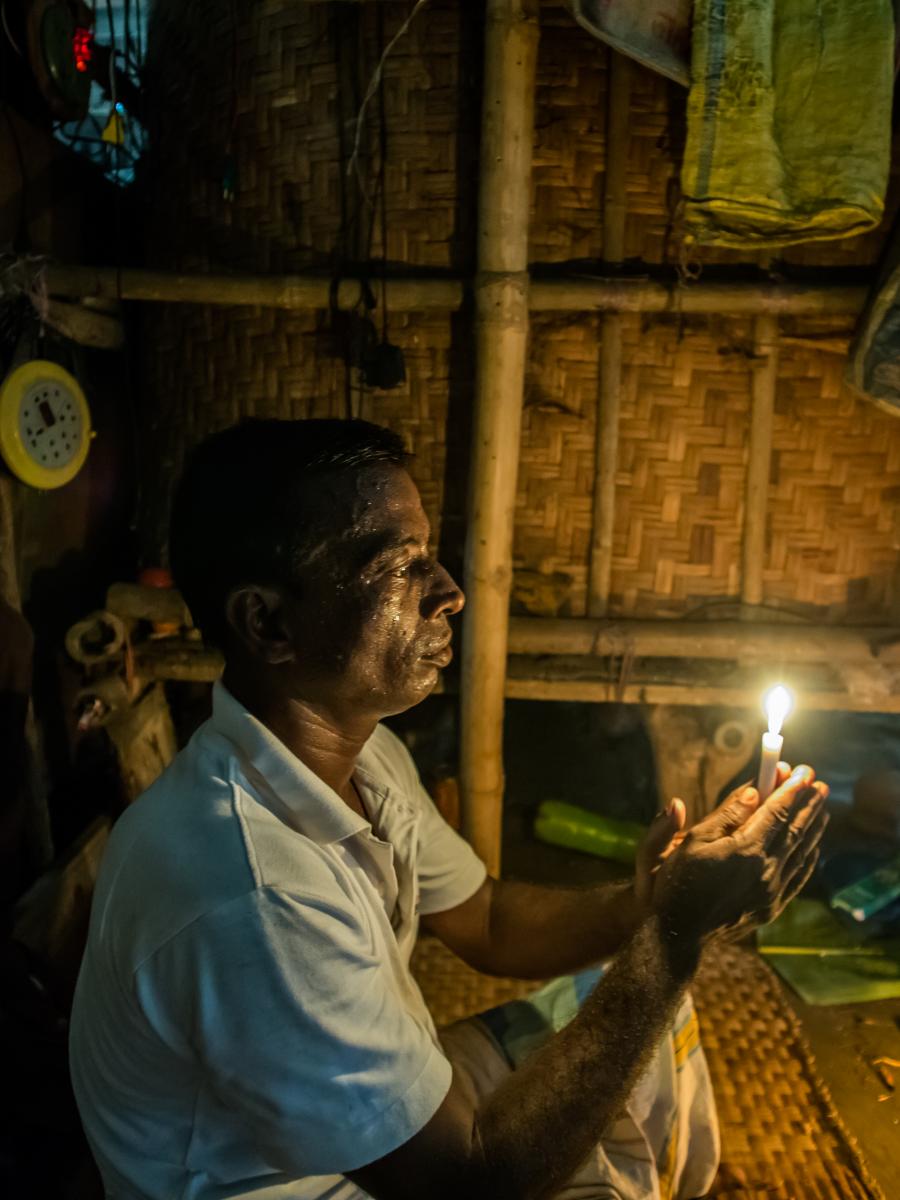
Taroni still wakes up at 5 a.m. every day and prays for a good yield of rice.
In 2010, Taroni learned about a Feed the Future training opportunity from a local agriculture extension officer.
Immediately intrigued, he enrolled in an instructional farmers training program to learn about good agricultural techniques.
He said he had a simple goal: “I wanted to know how to produce more rice from the same piece of land.”
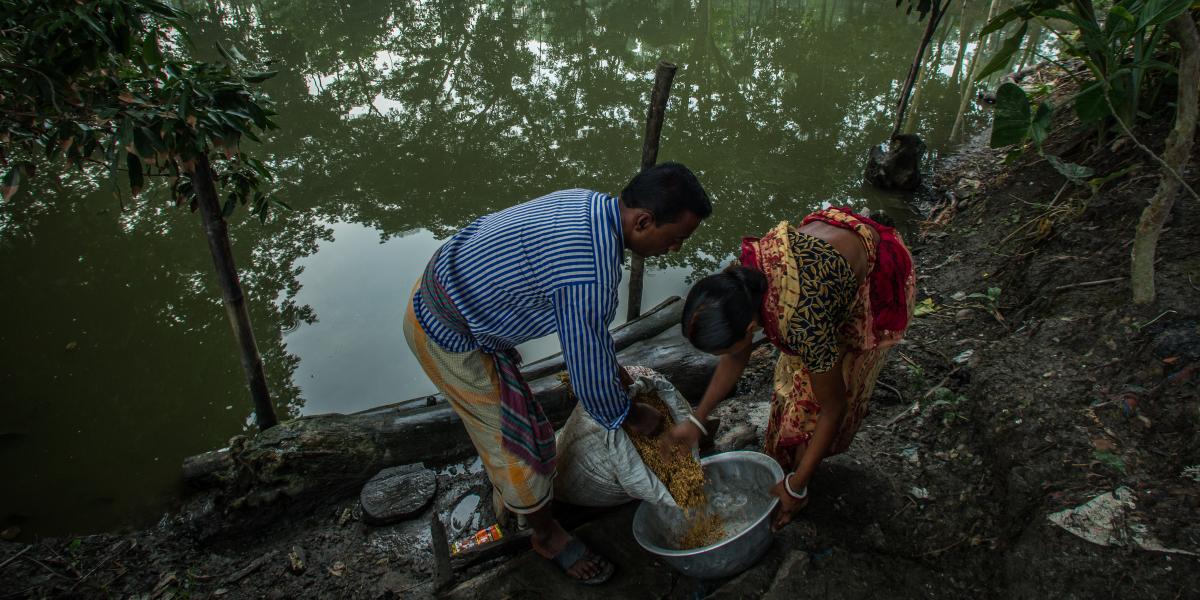
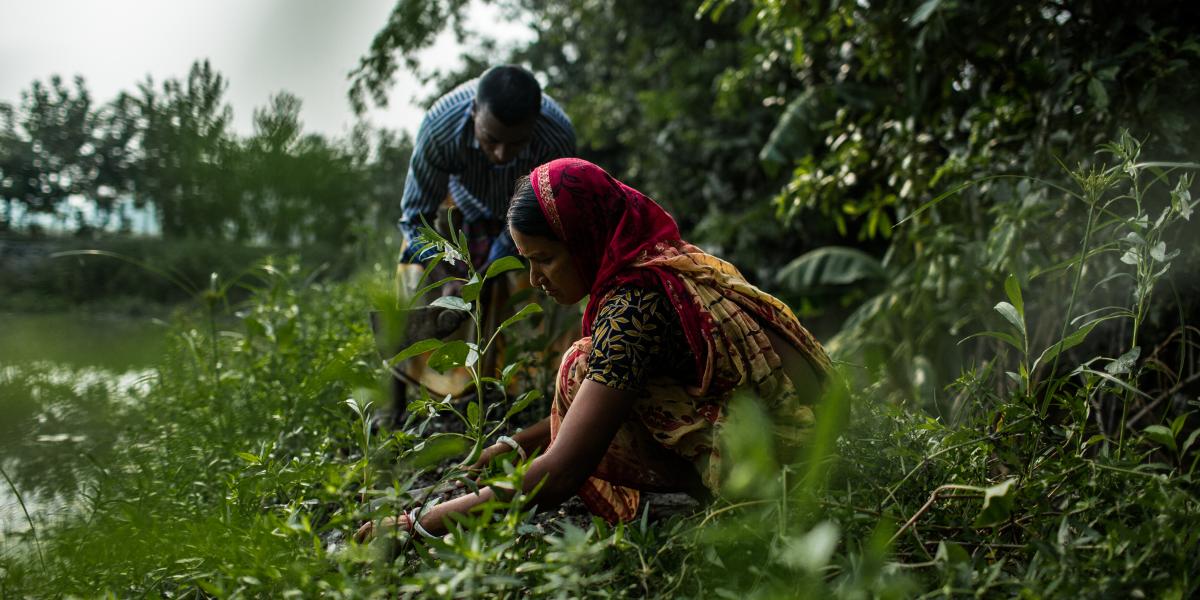
During the trainings, Taroni learned efficient fertilizer application techniques such as urea deep placement.
Known locally as the “Guti urea” technique, farmers like Taroni use fertilizer pellets that are placed into the soil at the roots of rice plants. These maximize plant exposure to nutrients over a longer period of time.
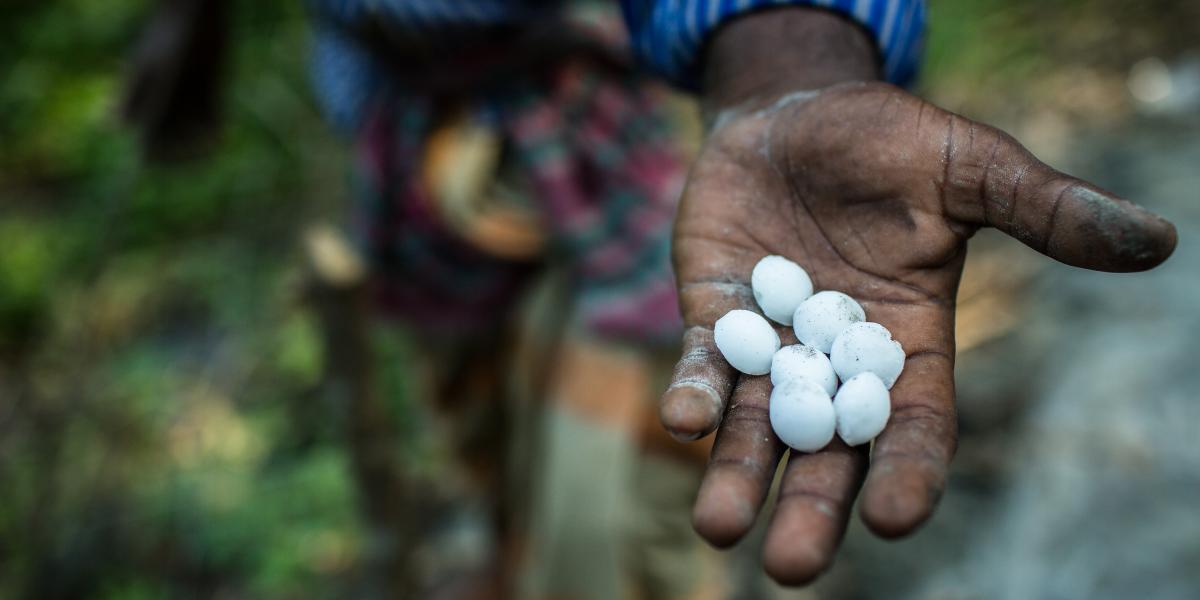
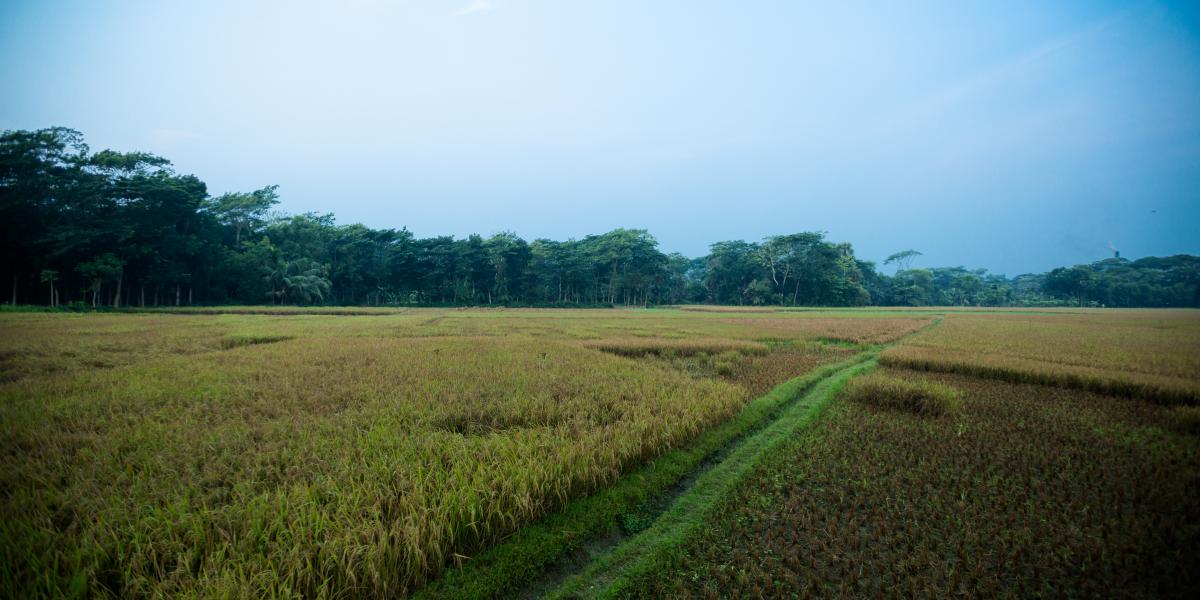
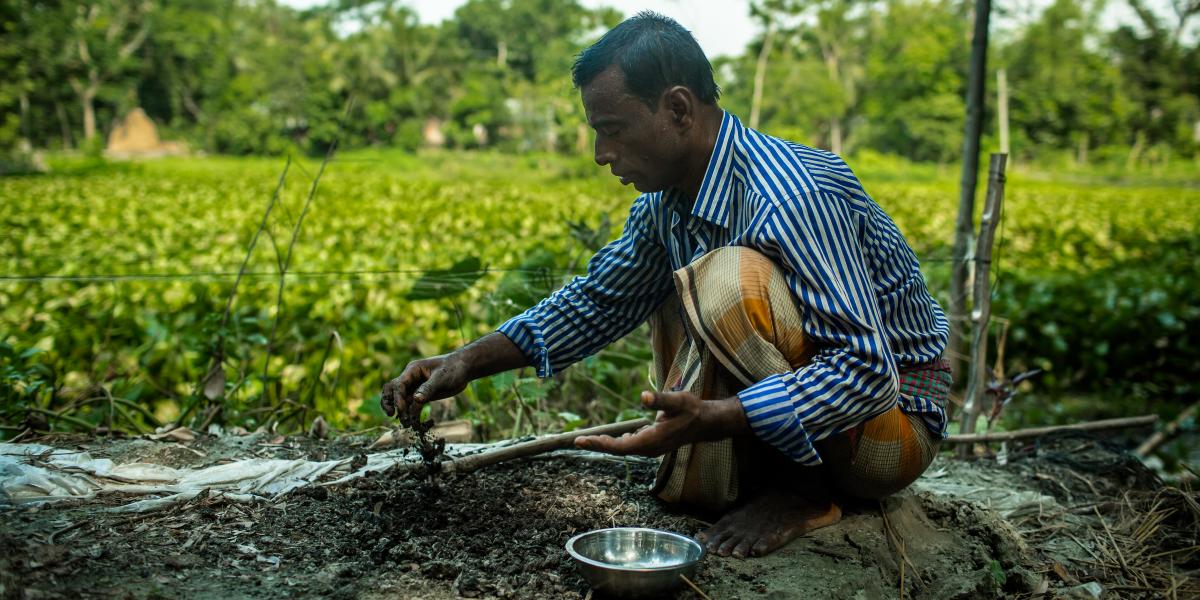
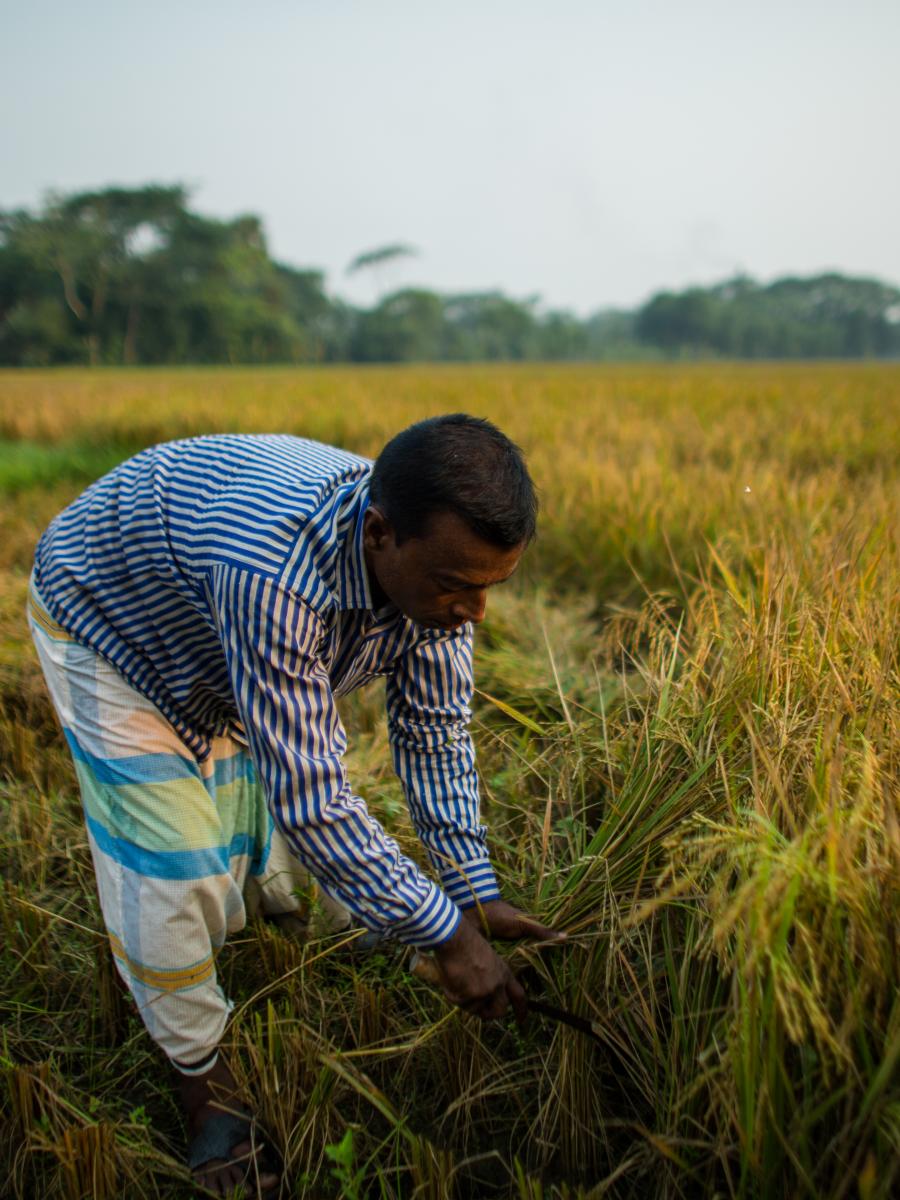
The fertilizer placement method taught at the training helps crops grow more effectively.
Taroni’s paddy yields are increasing by up to 18 percent each growing season.
His crops also require one-third less fertilizer overall, drastically reducing production costs and allowing farmers to earn more income.
The results have been life-changing for Taroni and his family.
He has taught his wife, daughter and son everything he has learned from the Feed the Future training programs.
“Now we are all working together,” says Taroni. “I currently produce two times more rice than I used to.”
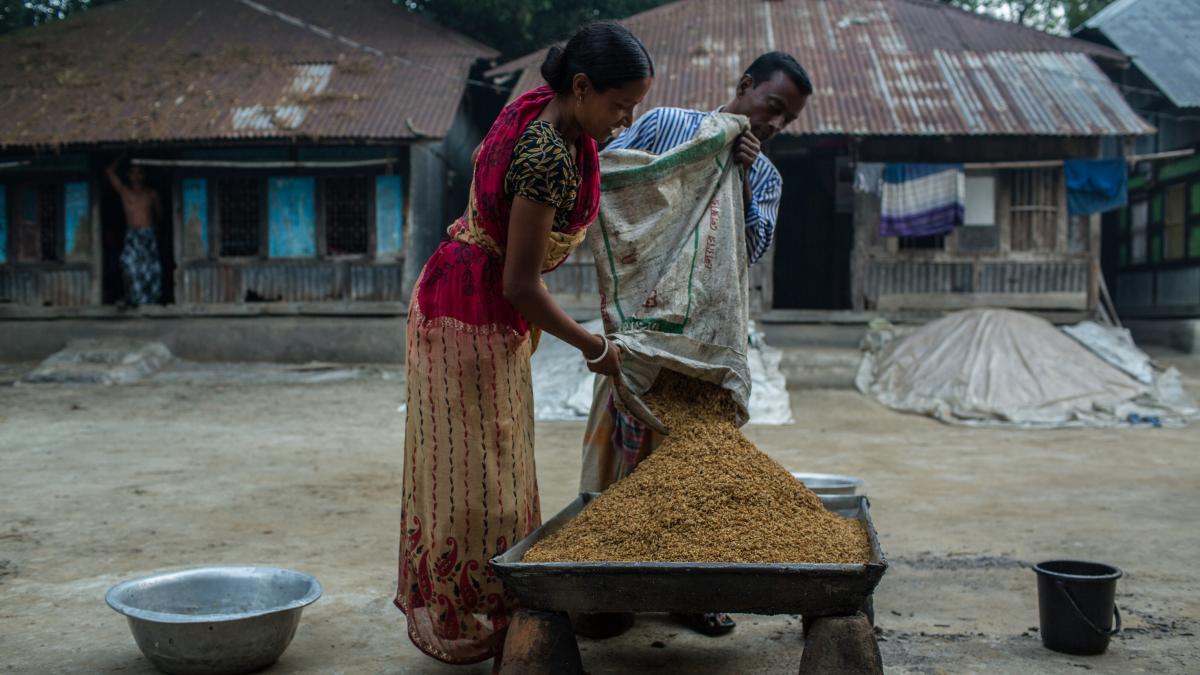
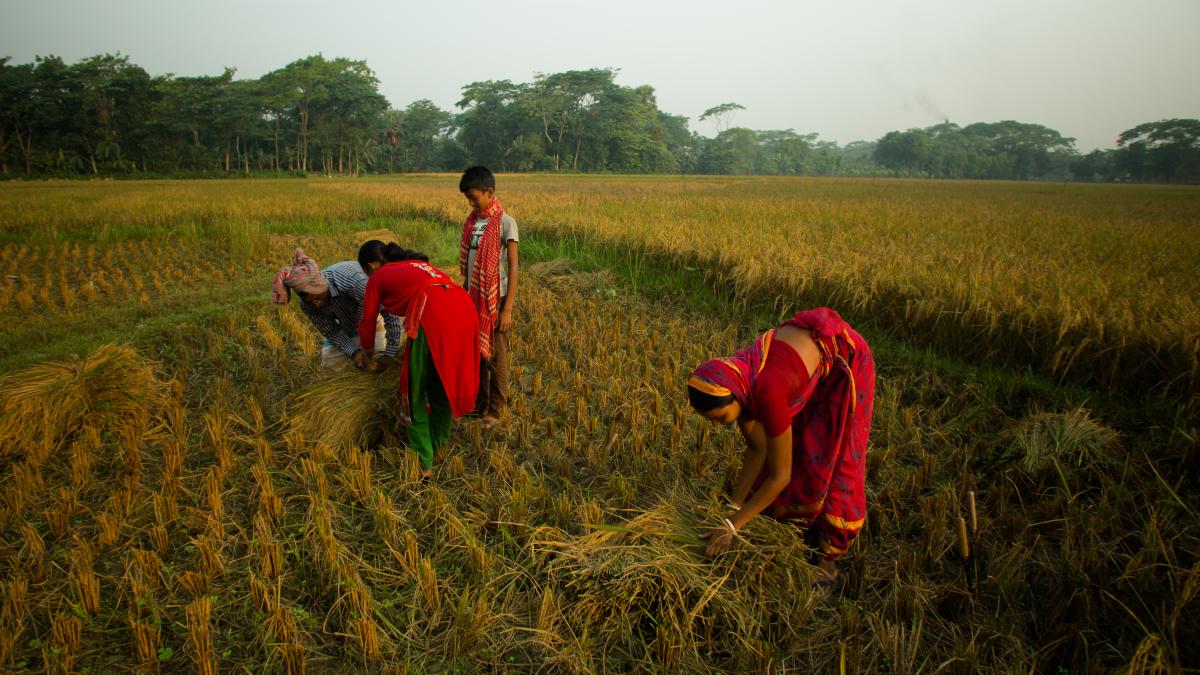
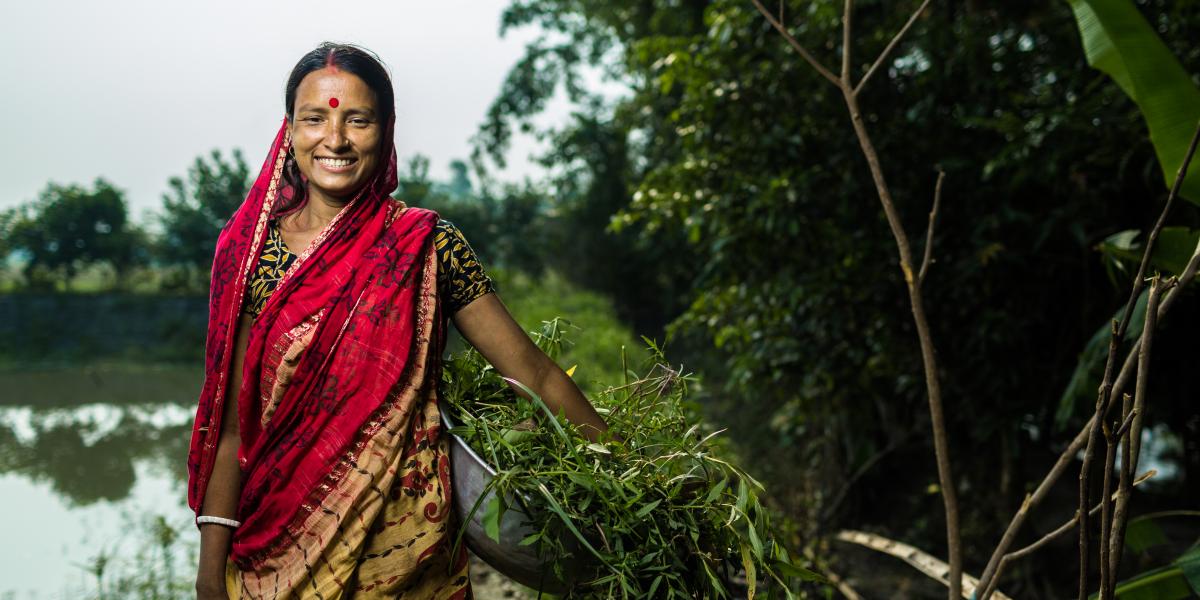
Vegetables in excess
Taroni is using the same techniques to increase vegetable production too.
His family now eats more vegetables, increasing their nutritional intake, and can sell the surplus produce in the local market for profit.
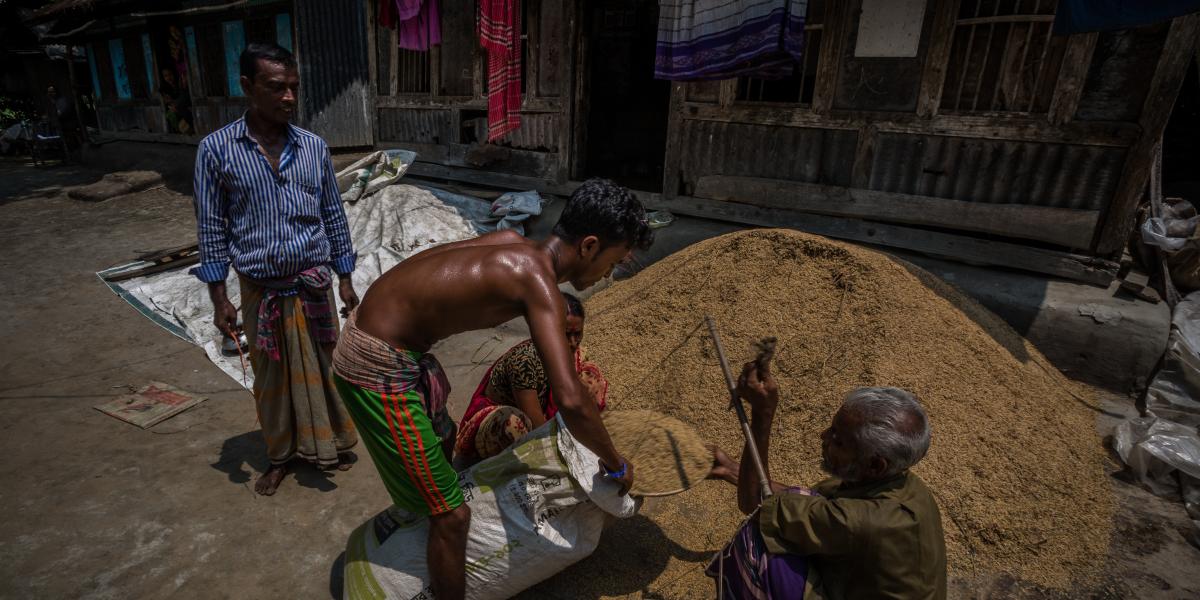
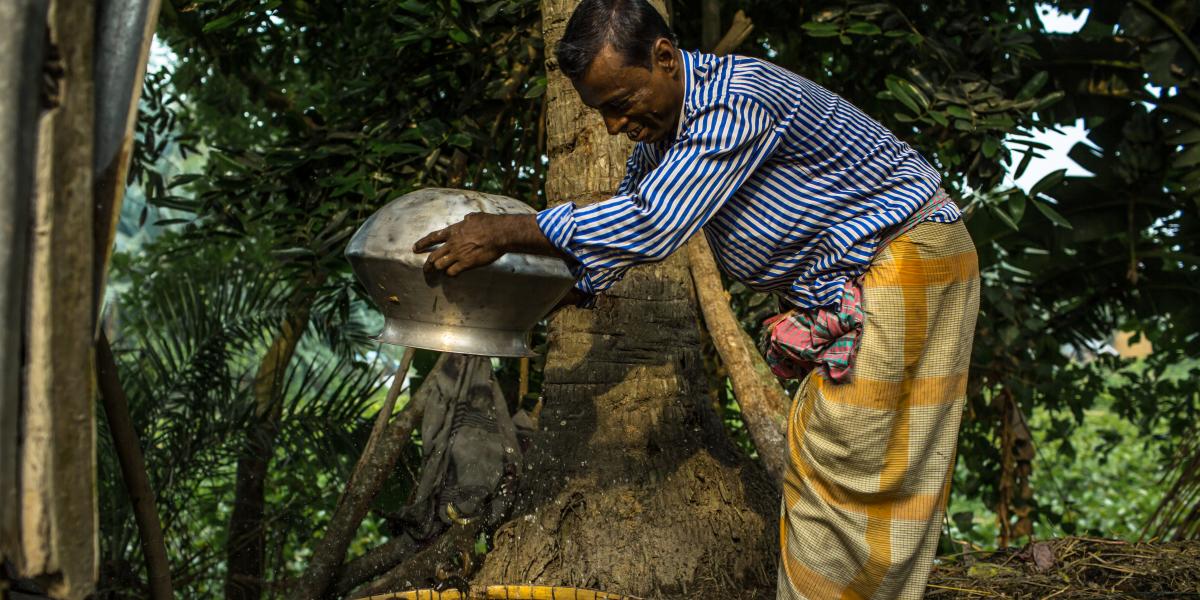
Taroni is earning more money than ever before.
With the additional income, he is able to send his daughter to Barisal Paramedic College. He also bought a bicycle for his son, who is now able to ride it to school.
"When I was young I didn’t have the opportunity to study. But now my children have the choice,” he says proudly, “They can go into any profession they desire."
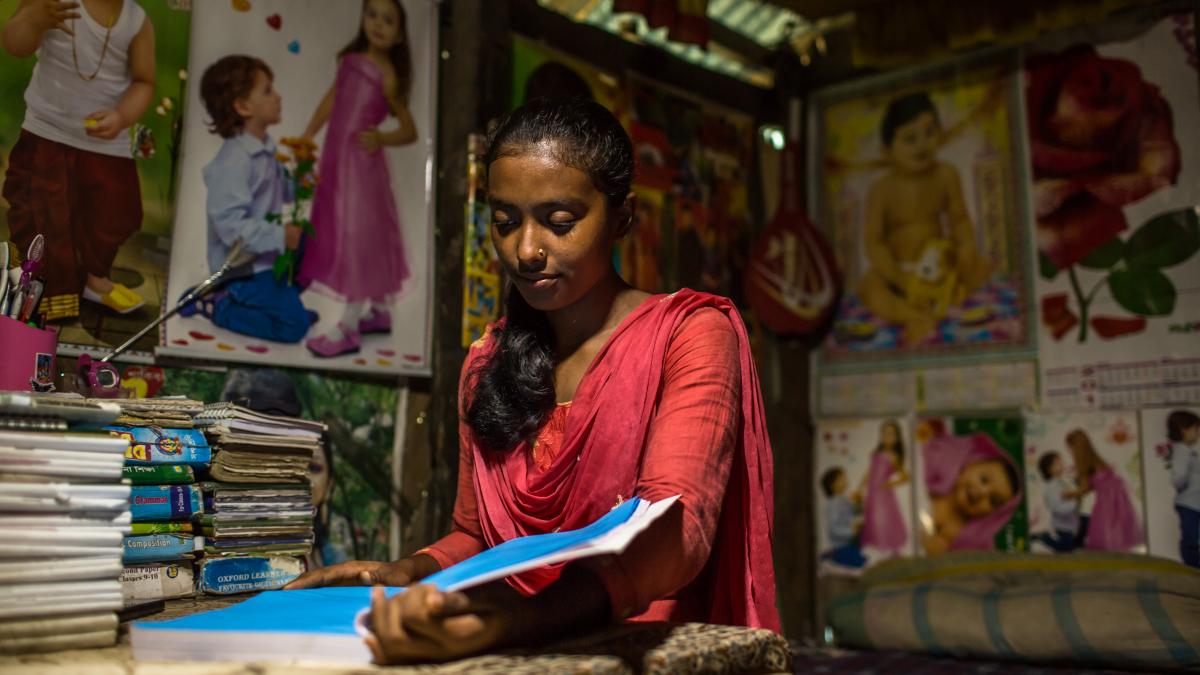
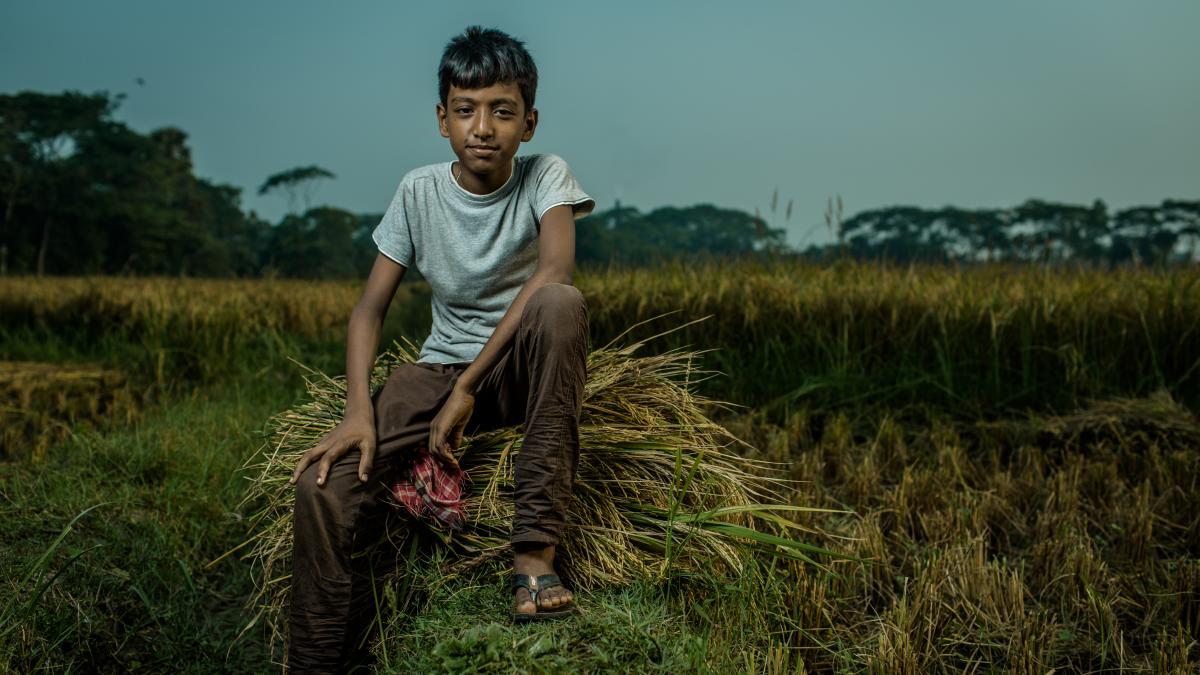
"Rice is our life. Rice is everything."
With USAID support through Feed the Future, Taroni has been able to make a better life for himself and his family.
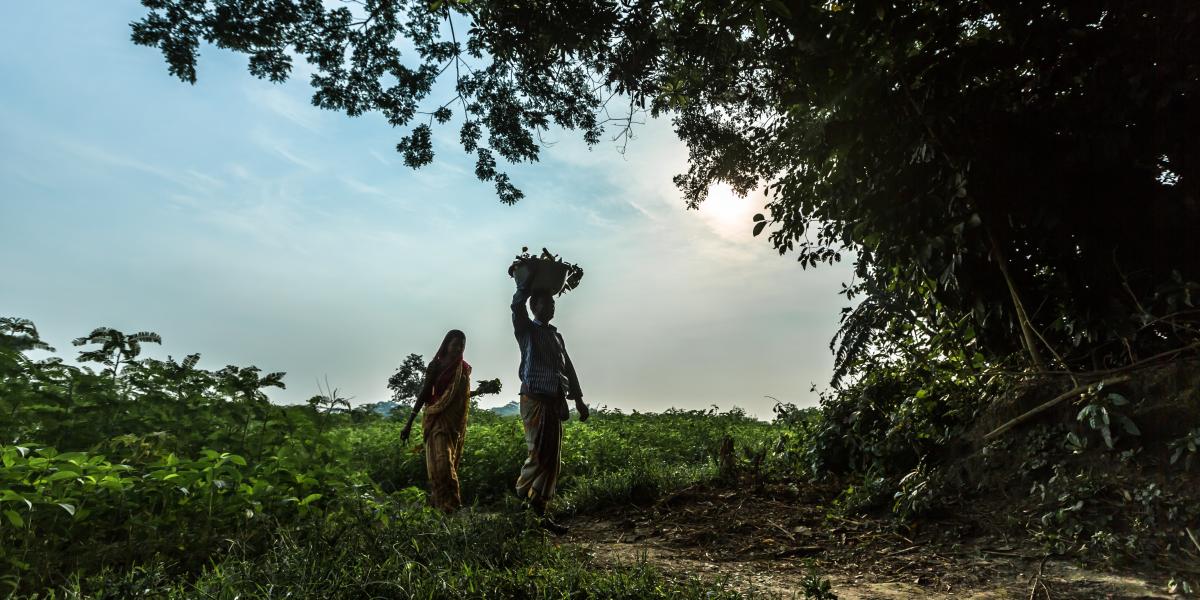
About This Story
In Bangladesh, rice is a staple dish that feeds most of the country’s nearly 160 million people. The crop also plays an important role in Bangladesh’s economy. Agriculture accounts for nearly half of all employment nationwide and an estimated 18 million families like Taroni’s grow rice across the country’s iconic lush, green paddies.
In 2015, USAID programs in Bangladesh, as part of the U.S. Government’s Feed the Future initiative, helped more than 2 million farmers adopt improved agriculture and aquaculture techniques, resulting in $155 million in incremental sales — a 20 percent increase from the previous year.
As efficiency of rice production increases, the south Asian country has become self-sufficient.
The increase in production has also led to wider access and consumption of more nutritious foods like vegetables and fruit, contributing to a reduction in childhood stunting rates by more than 12 percent in areas where Feed the Future programs are concentrated.


